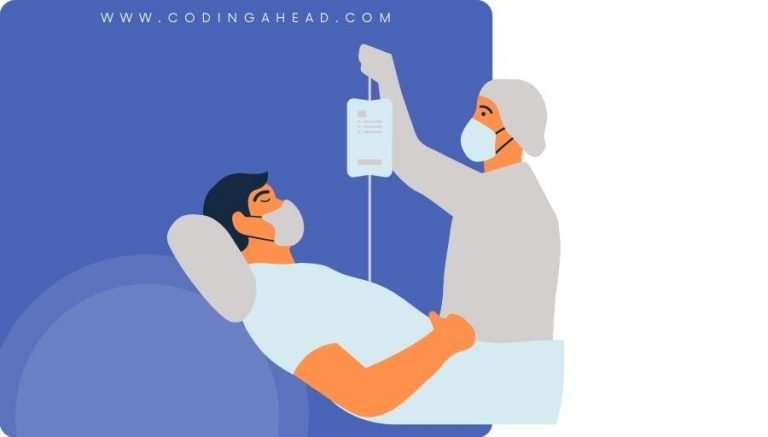How To Use CPT Code 96370
CPT 96370 describes the subcutaneous infusion for therapy or prophylaxis using a specified substance or drug. This article will cover the description, procedure, qualifying circumstances, appropriate usage, documentation requirements, billing guidelines, historical information, similar codes and billing examples.
1. What is CPT Code 96370?
CPT 96370 can be used to describe the subcutaneous infusion of a medication or substance for therapeutic or preventive purposes. This code is used when the provider administers the drug through a previously established subcutaneous infusion site and pump for each additional hour beyond the initial procedure.
2. Official Description
The official description of CPT code 96370 is: ‘Subcutaneous infusion for therapy or prophylaxis (specify substance or drug); each additional hour (List separately in addition to code for primary procedure)’. It is important to note that this code should be used in conjunction with code 96369 for the initial procedure and when the infusion intervals exceed 30 minutes beyond one-hour increments.
3. Procedure
- The provider begins by examining the previously established subcutaneous infusion site.
- They then prepare the substance or drug for infusion, ensuring that the dosage matches the patient’s orders.
- The provider loads the substance into an infusion pump or syringe driver and sets the appropriate infusion rate for delivery.
- The infusion continues for an additional hour or more, depending on the patient’s needs.
4. Qualifying circumstances
CPT 96370 is used when the provider administers a subcutaneous infusion for therapy or prophylaxis using a specified substance or drug. This code is appropriate for situations where the infusion is necessary for the prevention or treatment of a disease or condition. The substance being infused must be clearly documented in the medical record.
5. When to use CPT code 96370
CPT code 96370 should be used when the provider administers a subcutaneous infusion for therapy or prophylaxis using a specified substance or drug. It is important to note that this code should only be reported in addition to the primary procedure code. Additionally, it should not be reported without an appropriate primary code, as it is an add-on code.
6. Documentation requirements
To support a claim for CPT 96370, the provider must document the following information:
- The specific substance or drug used for the infusion
- Date and duration of the infusion
- Infusion pump or syringe driver setup
- Established subcutaneous infusion site
- Reason for the infusion (therapy or prophylaxis)
7. Billing guidelines
When billing for CPT 96370, ensure that the provider has appropriately established the subcutaneous infusion site and set up the infusion pump. This code should be listed separately in addition to the primary procedure code. It is important to note that payers may not reimburse for CPT 96370 if it is reported without an appropriate primary code. Additionally, there are specific codes (96369 and 96371) for different scenarios involving subcutaneous infusion, so it is important to use the correct code based on the specific circumstances.
8. Historical information
CPT 96370 was added to the Current Procedural Terminology system on January 1, 2009. There have been no updates or changes to the code since its addition.
9. Examples
- A provider administers a subcutaneous infusion of pain medication for an additional hour to a patient with chronic pain.
- A nurse administers a subcutaneous infusion of a preventive medication for an additional hour to a patient at risk for a specific disease.
- A physician administers a subcutaneous infusion of a therapeutic substance for an additional hour to a patient undergoing a specific treatment.
- A healthcare professional administers a subcutaneous infusion of a prophylactic drug for an additional hour to a patient before a surgical procedure.
- A provider administers a subcutaneous infusion of a therapeutic substance for an additional hour to a patient with a chronic condition.
- A nurse administers a subcutaneous infusion of a preventive medication for an additional hour to a patient with a family history of a specific disease.
- A physician administers a subcutaneous infusion of a therapeutic substance for an additional hour to a patient with a severe infection.
- A healthcare professional administers a subcutaneous infusion of a prophylactic drug for an additional hour to a patient with a weakened immune system.
- A provider administers a subcutaneous infusion of a therapeutic substance for an additional hour to a patient undergoing chemotherapy.
- A nurse administers a subcutaneous infusion of a preventive medication for an additional hour to a patient with a high risk of developing a specific condition.



